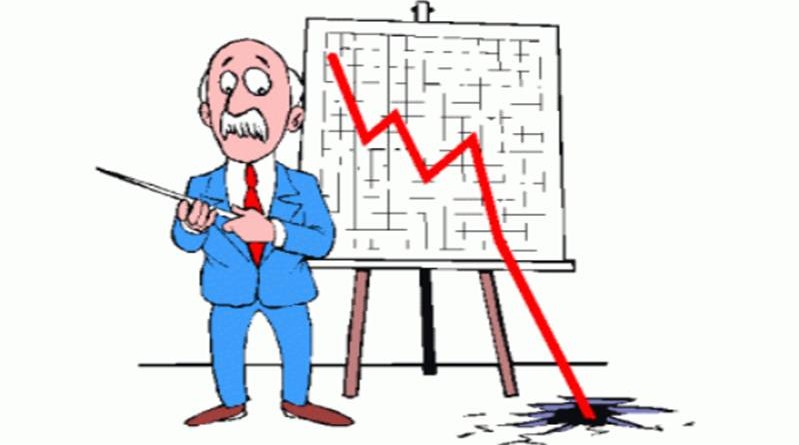Goldman Sachs predicts no recession in 2019 but sees a ‘pretty sharp slowdown’
Goldman Sachs does not foresee any recession in major economies in 2019 but low profit growth is on the cards in the U.S. and Europe, its chief global equity strategist told CNBC Tuesday.
“It’s still our view that we’re not headed for recession in any of the major economies,” Goldman’s Peter Oppenheimer told CNBC’s Annette Weisbach at the Goldman Sachs Global Strategy Conference in Frankfurt.
“At the end of last year, there was a particularly sharp downgrade in expectations for the U.S. and while there has been a big tightening of policy and financial conditions in the U.S. … We don’t see a recession, but we do see a pretty sharp slowdown,” he said, adding that markets had “got too far into pricing a deeper downturn than we expect.”
Oppenheimer’s comments come after general pessimism among market participants in the U.S. over where the market is heading amid rising interest rates from the U.S. Federal Reserve and geopolitical tensions, especially between the U.S. and China.
A survey of 500 U.S. institutional investors by Natixis in December showed that the majority felt that the longest bull market in history will come to an end in 2019. Forty-one percent of those surveyed said they would be reducing allocations to U.S. equities.
The growth outlook for 2019 is also beset with trade concerns, a slowdown in China, Brexit and political uncertainty in Europe making forecasts for the global economy tricky.
The International Monetary Fund (IMF) cited trade tensions when it downgraded its global growth forecast for 2019 last October. The IMF expects global growth of 3.7 percent in 2019, down 0.2 percentage points from an earlier forecast in its bi-annual World Economic Outlook report.
Fed in focus
In the meantime, tightening financial conditions in the U.S. are a continuing concern for markets, and President Trump, who called on the Fed to stop raising interest rates after four rate rises in 2018.
In late December, the Fed hiked again, taking the bank’s key overnight lending rate to a range of 2.25 percent to 2.50 percent. Central bank officials now forecast two hikes next year, down from three rate raises previously projected, however. Jari Stehn, senior global economist and head of European research at Goldman Sachs, said that Goldman also expected two more rate hikes from the Fed in 2019, but that could change if growth slows further.
“Although we do see downside risks to that (forecast) because the growth environment in the U.S. is slowing and financial conditions have tightened and the global growth environment is more subdued in 2019 than it was in 2018,” he said, speaking to CNBC in Frankfurt.
“The Fed has signaled a pause in the rate-hiking cycle in the near-term and I think that’s in response to the sharp tightening in financial conditions that we saw towards the end of last year. Also some of the inflation numbers have been a little bit softer and so the Fed has indicated more patience in the normalization process,” he said.
“But at the same time we don’t think the Fed hiking cycle is over and we do think that markets have overshot somewhat because markets are now pricing cuts in the U.S. rather than hikes.”
Earnings in focus
While markets have seen something of a recovery since the start of 2019, earnings growth will be a key metric of health in the corporate sector amid ongoing economic turbulence.
Asked whether this earnings season will throw up nasty shocks in equity markets and Oppenheimer remained sanguine although he cautioned that earnings growth could be lower than expected.
“We do think the consensus (for profit growth) is too high for this year and in every region,” he noted. “Our own expectation is that profit growth in the U.S. will be about 6 percent this year. That compares to around 23 percent last year – of course, a lot of that boosted by the tax breaks – but it wouldn’t take much, particularly with oil prices having fallen back a lot, for that 6 percent to be lower still.”
“So, our view is that you’re going to get low profit growth in the U.S., in Europe as well — where our forecast is for 4 percent profit growth and also below the consensus — but still positive.”





